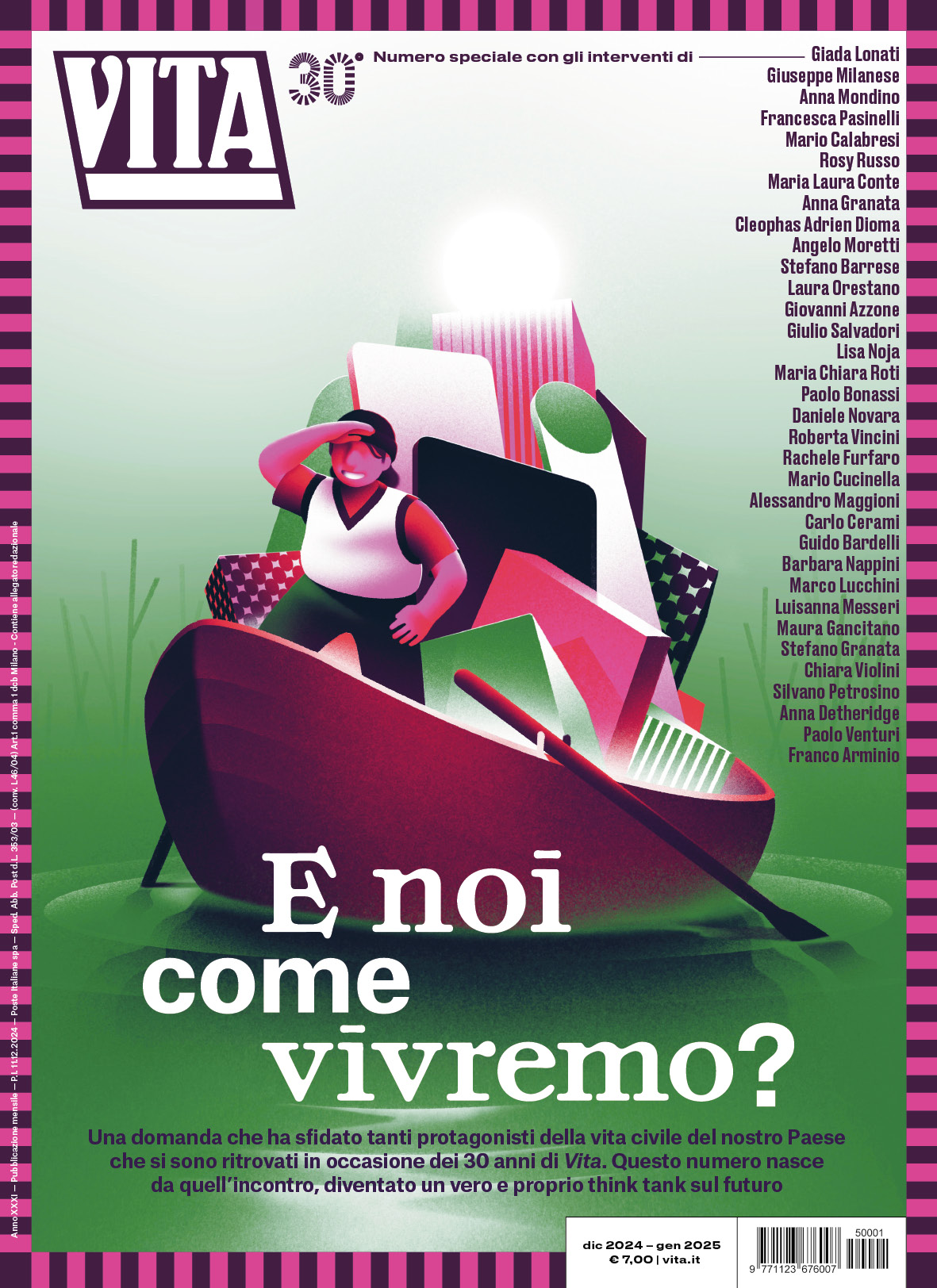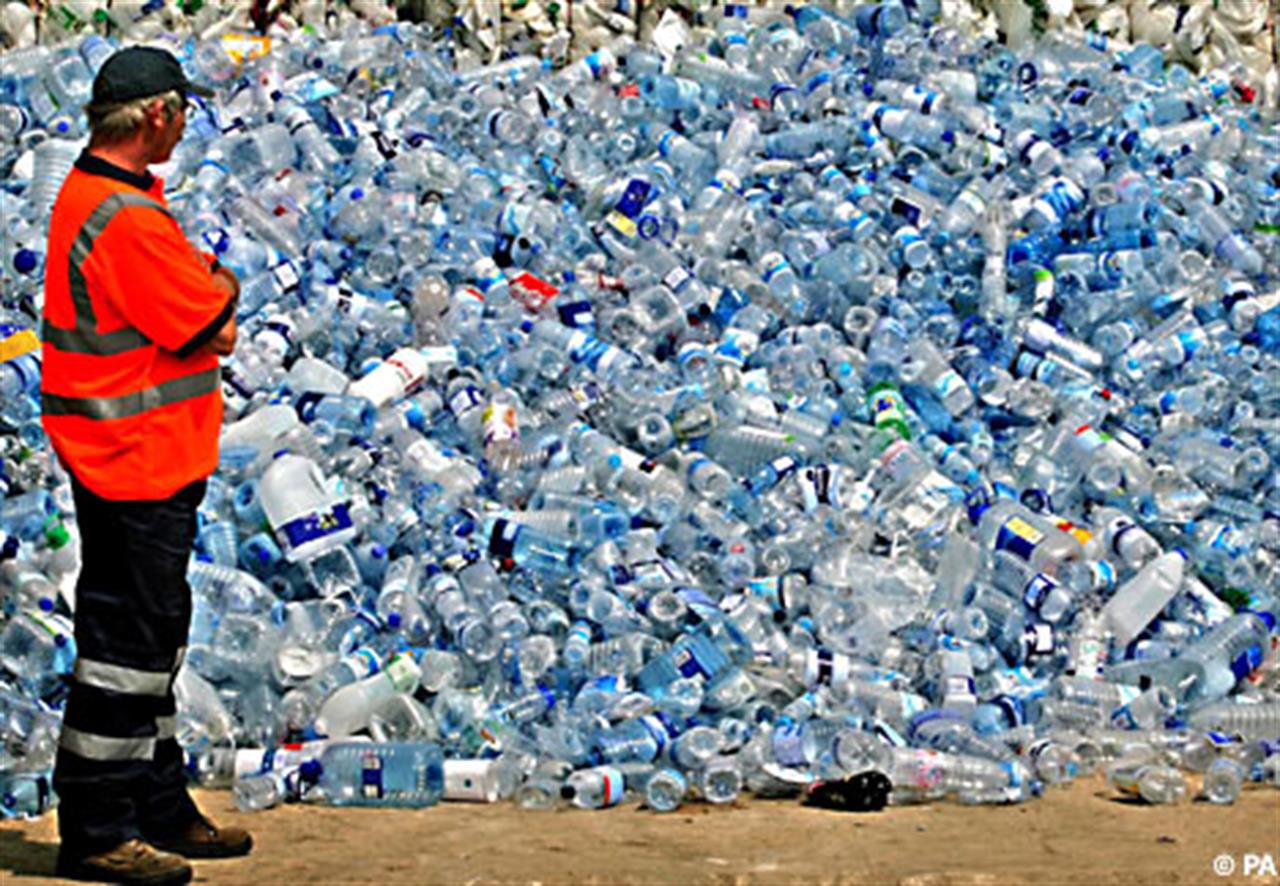For anyone trying to explain what sustainability is to a semi-curious relative or a completely out of touch co-worker, there could hardly be a better place to start than Annie Leonard’s twenty minute web video The Story of Stuff. The video features Leonard standing in front of an animated white board on which clever line drawings appear while she explains in extremely clear and simple terms the far-reaching connections between our everyday consumer choices and the manifold environmental and social justice problems that derive from them. The short video has received well over a million hits on YouTube.
Now Leonard, with the support of five leading sustainability advocacy organizations, has produced a new video, The Story of Bottled Water, which is scheduled for release on March 22nd, which happens to be World Water Day.
As in The Story of Stuff, The Story of Bottled Water, gives us a short (7 minute) behind-the-scenes look at the bottled water business and raises the question of how people in this country have been duped into buying a half a billion bottles a week of what is really nothing more than tap water for a price that is roughly two thousand times higher.
One of the outrages the film points out is the way that the bottled water we buy is often drawn from municipal water systems that we’ve already paid for with our tax dollars.
“Cities and states are spending hundreds of millions of taxpayer dollars on bottled water, and that’s not to mention what’s spent to deal with all the plastic bottles that are thrown out,” said Leslie Samuelrich of Corporate Accountability International, one of the groups that co-produced the video. “It sends the wrong message about the quality of the tap. What if we instead spent that money supporting public water systems or preventing water pollution in the first place?”
The video explores the bottled water industry’s distorted attacks on tap water safety and its use of seductive, environmental-themed marketing to cover up the mountains of plastic waste it produces. One bottled water marketing executive is quoted as saying, “When we’re done, tap water will be relegated to taking showers and washing dishes.”
Rarely has there been such a blatant messaging disconnect. While dozens of environmental groups are campaigning against bottled water, Nestle took out a full page ad in the Toronto Globe and Mail which stated, “Bottled water is the most environmentally responsible consumer product in the world.”
Other myths the video debunks are: that bottled water tastes better (surveys show otherwise), bottled water is safer (less regulation), or the idea that bottled water companies are simply meeting demand. Heard that one before? In fact, ten to fifteen percent of the cost of bottled water goes into advertising (that’s high). And as for the idea that bottled water is somehow green, the film points out that roughly 17 million barrels of oil are used to produce and transport the bottled water consumed in this country annually.
For a more in depth look at this issue in the broader context of water privatization, I recommend the excellent feature length documentary FLOW: For Love of Water.
From the tone of the video, you would think that people would have to be crazy to buy bottled water given the absence of any clear benefit over what already comes out of the tap for free. And perhaps they are. But that’s not the choice that most people are making when they walk into a sandwich shop for lunch or stop for a cold drink at a gas station along the road. They are choosing between that bottle of water and the other soft drinks standing in the cooler next to it. And given the high levels of sugar and high fructose corn syrup in many of those, we are looking at a lesser-of-two-evils scenario. Sugary soft drinks get a free pass in the video, even though they have all of the same environmental problems of bottled water, plus they contribute significantly to the obesity and type II diabetes epidemics that are sweeping this country. According to Coca-cola, the carbon footprint of Coke in a comparable container is about the same as bottled water. Most of the footprint come from the packaging; cans are significantly lower than bottles.
Sales of bottled water have already been declining, a result of both the recession and all of the negative attention that watchdog groups have been providing.
Now the bottled water companies, particularly in Europe are fighting back by going on the offensive, arguing that all the negative press has pushed consumers not towards their kitchen faucets, but rather into the seductive arms of sugary soft drinks. A spokesman for the National Hydration Council, a British trade group representing several major European bottled water companies said, “Rather than turning on the tap, people are turning to sugary drinks, and the switching equates to pouring an extra 1,700 tonnes of sugar and 6.8 billion calories into [England’s] diet.” Be careful what you wish for.
So, bottled water is only a small part of the larger problem of soft drinks (in 2007, bottled water accounted for 14% of the overall $69 billion soft drink market). Worldwide 72 billion cases of soft drinks were sold that same year.
But this is a good place to start. Considering America’s longstanding love affair with soft drinks, getting people to give up Coke and Pepsi is going to be a long uphill battle indeed.
The Story of Bottled Water takes on the problems associated with bottled water in a direct way that at times wanders into blunt oversimplification. For example, the idea that the enormous boom in bottled water sales was entirely the result of a massive advertising campaign fails to factor in the growing awareness of health and nutrition at the time, which made the market ripe for a cheap, healthy alternative to sugary soft drinks.
I’m not sure we have the perfect answer yet. One thing we can be sure of; no matter what we say or do, people are always going to get thirsty.
Related links:
Corporate Accountability International
Source: triplepundit
Nessuno ti regala niente, noi sì
Hai letto questo articolo liberamente, senza essere bloccato dopo le prime righe. Ti è piaciuto? L’hai trovato interessante e utile? Gli articoli online di VITA sono in larga parte accessibili gratuitamente. Ci teniamo sia così per sempre, perché l’informazione è un diritto di tutti. E possiamo farlo grazie al supporto di chi si abbona.

